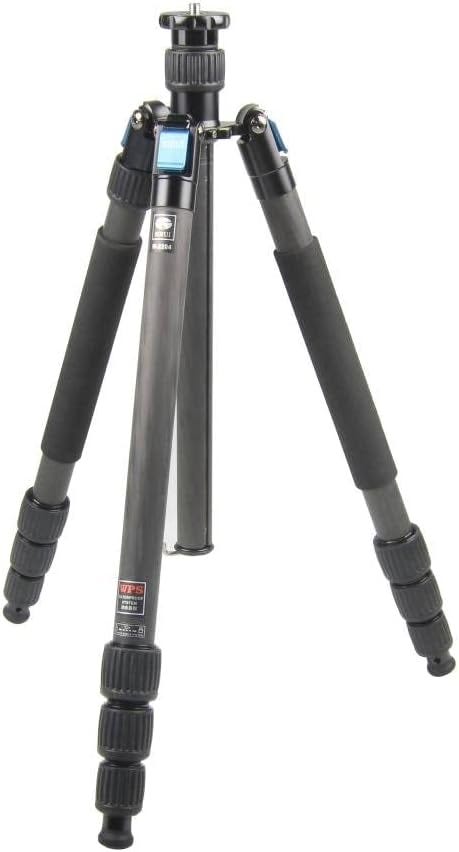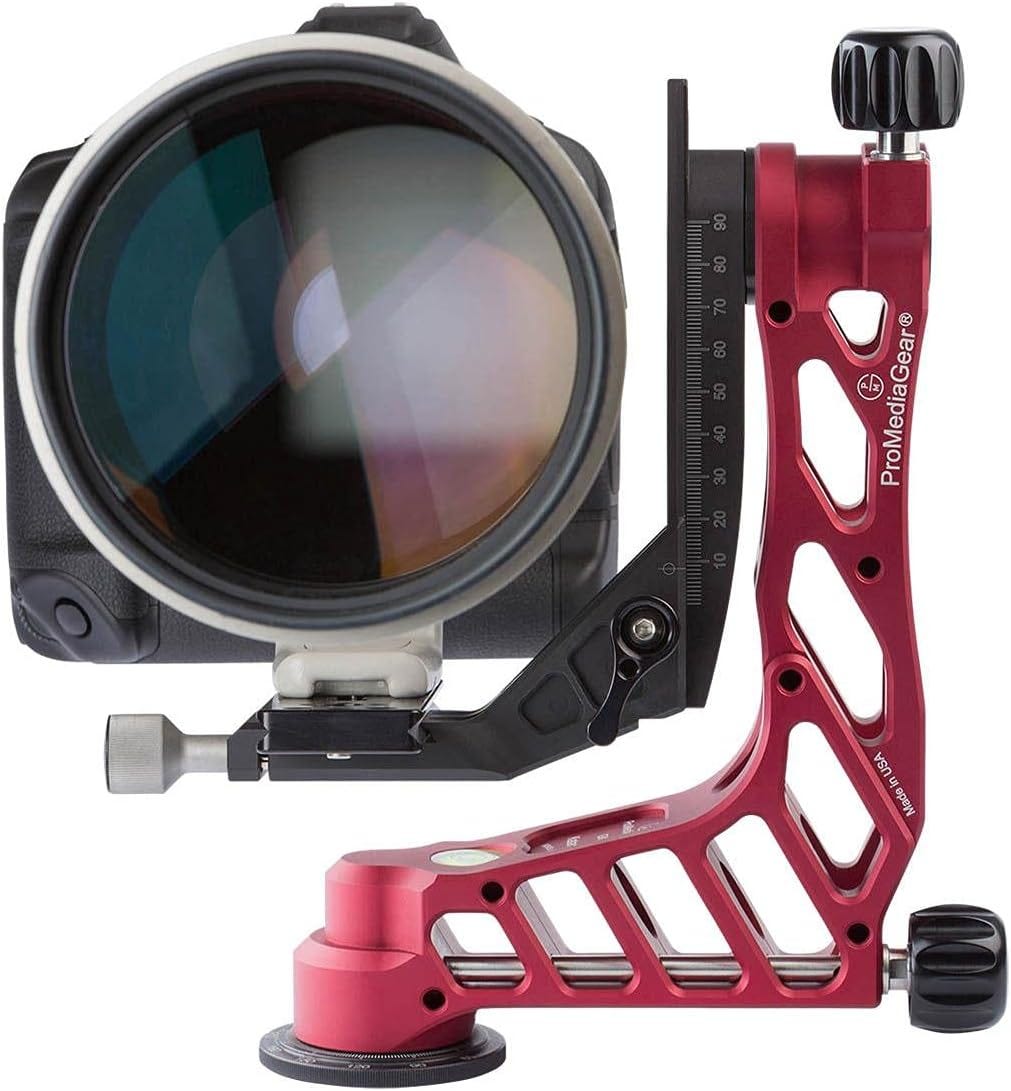Must-Have Gear for Wildlife Photography: Picking the Right Tripod and Gimbal Head
For wildlife photographers, having a sturdy and reliable tripod setup is super important.
When you're out in the field, waiting patiently for that perfect shot of a majestic animal, the last thing you want is camera shake or instability ruining your pictures.
That's where a tall, sturdy tripod paired with a specialized gimbal head comes in handy.
Why a Tall Tripod Matters for Wildlife Photography
When photographing wildlife, you often need to position your camera at greater heights to get an unobstructed view over bushes, grass, or other obstacles.
A tripod that extends to around 6 feet or taller can make a big difference in your ability to capture clear, unobstructed shots of animals in their natural habitats.
The Importance of a Gimbal Head for Super-Telephoto Lenses
Wildlife photography often involves using large, heavy telephoto lenses like the popular 200-600mm options.
These lenses can put a significant amount of strain on a tripod head, leading to potential instability or difficulty in positioning the camera.
A specialized gimbal head designed for super-telephoto lenses can help you smoothly pan, tilt, and position your setup with ease, even with the added weight of a large lens.
Recommended Tripod: Sirui N-2204X Carbon Fiber Tripod
After lots of research and recommendations from fellow wildlife photographers, the Sirui N-2204X Carbon Fiber Tripod stands out as an excellent choice for this application.
Here's why:
Compact and Portable: With a folded length of just 18.5 inches, this tripod is easy to carry and transport to remote locations.
Tall Height: When fully extended, the Sirui N-2204X reaches a maximum height of 67.7 inches, providing ample clearance for wildlife photography.
Sturdy Construction: Made from carbon fiber, this tripod is lightweight yet incredibly sturdy, with a load capacity of 39.7 lbs, more than enough for most wildlife photography setups.
Affordable Price: At around $350, the Sirui N-2204X offers excellent value for its features and build quality.
Recommended Gimbal Head: ProMediaGear Katana Pro
To complement the tall tripod, the ProMediaGear Katana Pro Gimbal Head is an excellent choice for wildlife photographers using super-telephoto lenses:
Designed for Super-Telephoto Lenses: The Katana Pro is specifically engineered to handle the weight and balance of large, heavy telephoto lenses up to 17 lbs.
Smooth Operation: With its precision-machined components and fluid drag system, the Katana Pro allows for smooth panning and tilting movements, essential for tracking wildlife subjects.
Compact and Lightweight: Weighing just 2.2 lbs, the Katana Pro is a portable and travel-friendly option.
Setting Up and Using Your Wildlife Tripod and Gimbal Head
Once you have your tripod and gimbal head set up, there are a few tips to keep in mind for optimal performance:
Balance is Key: Properly balance your camera and lens on the gimbal head to ensure smooth, controlled movements and reduce strain on the tripod legs.
Use a Sturdy Tripod Stance: Extend the tripod legs to their maximum spread and consider weighting them down or using ground spikes for added stability, especially in windy conditions.
Practice Panning and Tilting: Take some time to get comfortable with the gimbal head's movements, adjusting the drag as needed for your desired level of resistance.
Consider a Remote Shutter Release: Using a remote shutter release can help minimize camera shake when taking the picture, especially with longer telephoto lenses.
With the right tripod and gimbal head setup, you'll be well-equipped to capture amazing wildlife images and videos, even in challenging outdoor environments.
Invest in quality gear that can withstand the rigors of wildlife photography, and you'll be rewarded with sharp, stable shots that truly showcase the beauty of nature.
I hope that helps,
-Hakan.





